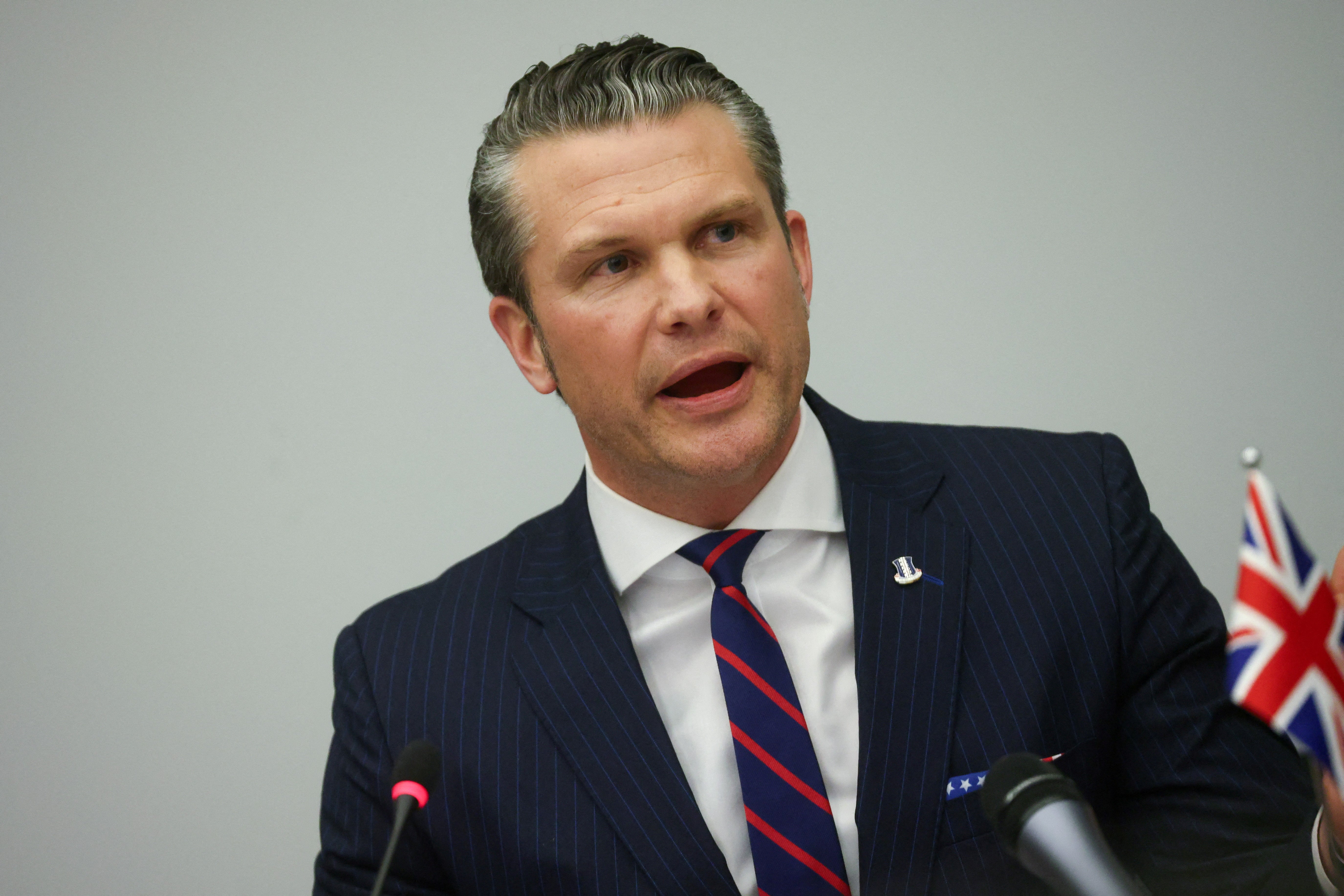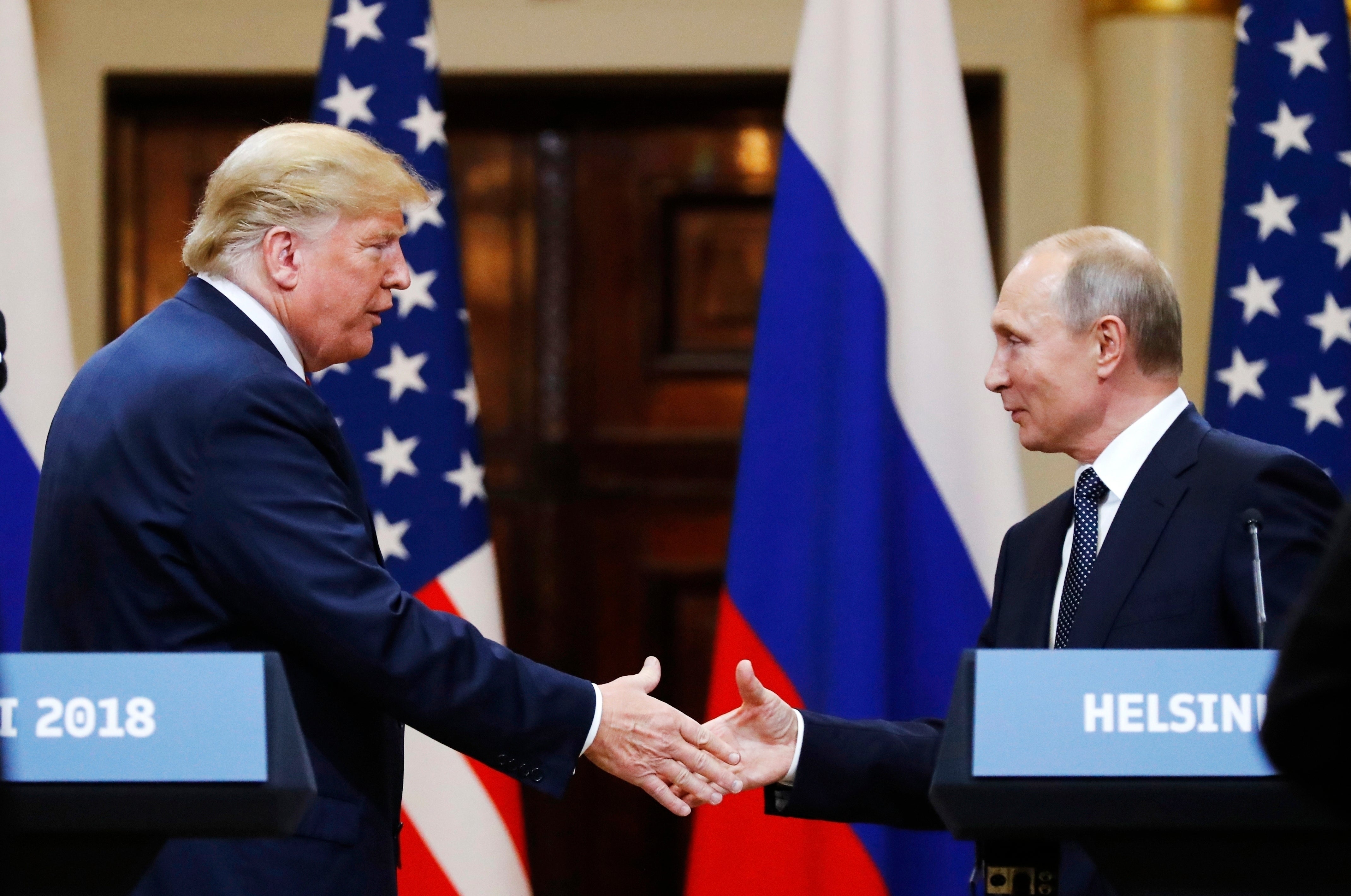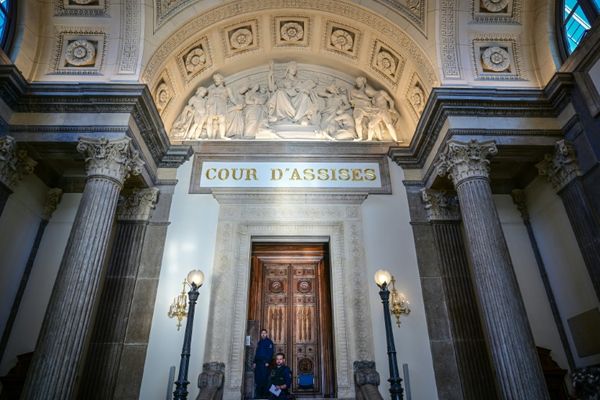U.S. Defense Secretary Pete Hegseth said NATO membership for Ukraine was unrealistic and in sweeping remarks suggested that the way forward for Ukraine was for the country to abandon hopes of a return to its pre-2014 borders and prepare for a negotiated settlement with Russia — one that should be backed up with an international force of troops.
Hegseth made the comments on Wednesday during the first trip to NATO and the Ukraine Defense Contact Group by a member of the new Trump administration. Allies have been waiting to hear how much continued military and financial support Washington intends to provide to Ukraine’s government.
What they heard was that President Donald Trump is intent on getting Europe to assume the majority of the financial and military responsibilities for the defense of Ukraine — to include a possible peacekeeping force that would not include U.S. troops — and that Hegseth said should not have Article Five protections if those troops end up in contact with Russian forces.
“Members of this contact group must meet the moment,” Hegseth said to the assembled group of approximately 50 member countries who have been providing support to Ukraine since Russia’s 2022 invasion.
Hegseth held talks with U.K. Defence Secretary John Healey, before a meeting of the Ukraine Defense Contact Group at NATO headquarters in Brussels. Hegseth’s predecessor, former Defense Secretary Lloyd Austin, set up the forum for drumming up arms and ammunition for Ukraine in 2022.
Over nearly three years, around 50 countries have collectively provided Ukraine more than $126 billion in weapons and military assistance. But the meeting this week was convened by another country for the first time: the United Kingdom. All previous gatherings of the forum were chaired by the United States.
No decision has been made on who might chair the next meeting, if one is called.

His trip comes less than two weeks before the third anniversary of Russia’s full-scale invasion of Ukraine on Feb. 24, 2022. Most U.S. allies fear that Russian President Vladimir Putin won’t stop at Ukraine’s borders if he wins, and that Europe’s biggest land war in decades poses an existential threat to their security.
U.S. President Donald Trump has promised to quickly end the war. He’s complained that it’s costing American taxpayers too much money. He has suggested that Ukraine should pay for U.S. support with access to its rare earth minerals, energy and other resources.
Some U.S. allies worry that a hasty deal might be clinched on terms that aren’t favorable to Ukraine. On top of that, Trump appears to believe that European countries should take responsibility for Ukraine’s security going forward.
Washington’s 31 NATO allies also want to hear what Trump’s new administration has in store for the world’s biggest security organization. Trump traumatized his European partners during his first term in office by threatening not to defend any member that doesn’t meet NATO guidelines for military spending.
NATO is founded on the principle that an attack on any ally must be considered an attack on them all and met with a collective response. Membership is considered to be the ultimate security guarantee, and it’s one that Ukraine is trying to secure.

Ukraine’s security needs and defense spending will be discussed on Thursday. European allies have hiked their military budgets since Putin ordered his troops into Ukraine, and 23 are estimated to have reached or exceeded last year the target of spending 2% of gross domestic product.
However, a third of members still haven’t reached that threshold, and Trump is almost certain to target them again. Recently, Trump called for NATO members to increase defense spending to 5% of GDP, a level that no member has reached so far — not even Poland, which is the closest, spending more than 4% and expected to approach 5% this year.
Speaking to reporters in Germany on Tuesday, Hegseth wouldn’t commit to having the U.S. increase its defense spending to 5% of GDP. Hegseth said that he believes that the U.S. should spend more than it did under the Biden administration and “should not go lower than 3 percent.”
He said any final decision would be up to Trump, but added that “we live in fiscally constrained times” and need to be responsible with taxpayer money. The U.S. spends about 3.3% of GDP on defense.
NATO leaders are expected to agree on new spending targets at their next planned summit, in The Hague, Netherlands, on June 24-26.







